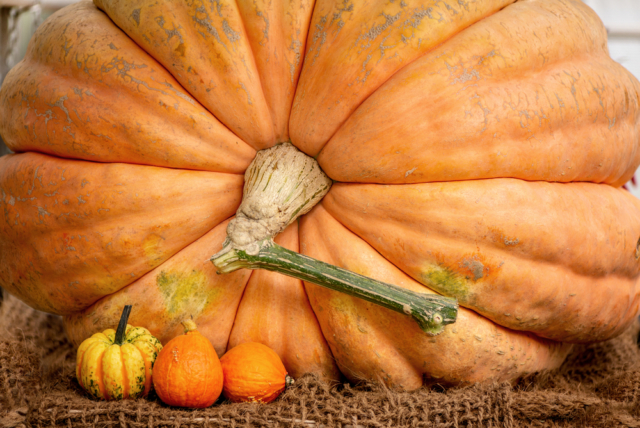277
The development of giant pumpkins is the result of selective breeding: pollen from the largest plants is used to pollinate female flowers, producing seeds that can produce even larger fruits. However, heredity is not the only factor. The right soil, sufficient water (up to 1,890 liters per week in summer), moderate lighting, and room to grow also play a decisive role.
Advertising
Harvard scientists have studied the internal structure of various varieties of giant pumpkins and discovered that the record-breaking fruits have a particularly well-developed vascular system responsible for transporting substances inside the plant.
